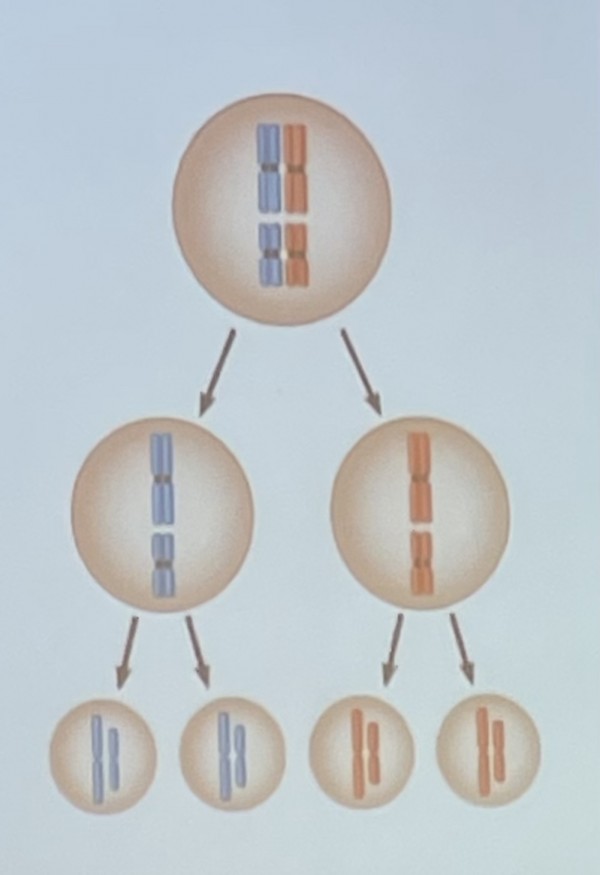After one round of division (Meiosis I) are the cells HAPLOID or DIPLOID?

A. They are haploid
B. They are diploid
C. One is haploid and one is diploid
D. They are triploid
A. They are haploid [The cell (parent) undergoes one round of DNA replication followed by two separate cycles of nuclear division. The process results in four daughter cells that are haploid, which means they contain half the number of chromosomes of the diploid parent cell.]
You might also like to view...
Following a disturbance, the process by which species replace each other over time is called ____
Fill in the blank with the appropriate word.
How do cells in the body of a multicellular organism communicate with each other?
a. by way of signaling molecules that interact with specific receptors b. through long projections that directly connect cells to each other c. through electrical signals passed within a cell d. by the transport of ions between cells in different parts of the organism e. by the transport of ions in water
When a muscle fiber is relaxed, myosin cannot bind to actin because ____
a. ATP is not present b. the myosin binding site on actin is blocked c. the myosin head is in the wrong shape for binding d. the actin is in the wrong orientation for myosin binding e. the myosin head is 180 degrees from its attachment configuration
The characteristic of the human immunodeficiency virus (HIV) that makes it different from other RNA viruses is that it ____________.
A. can synthesize mRNA from a double-stranded DNA template. B. inserts into the DNA of the host C. causes hepatitis D. can synthesize DNA from an RNA template